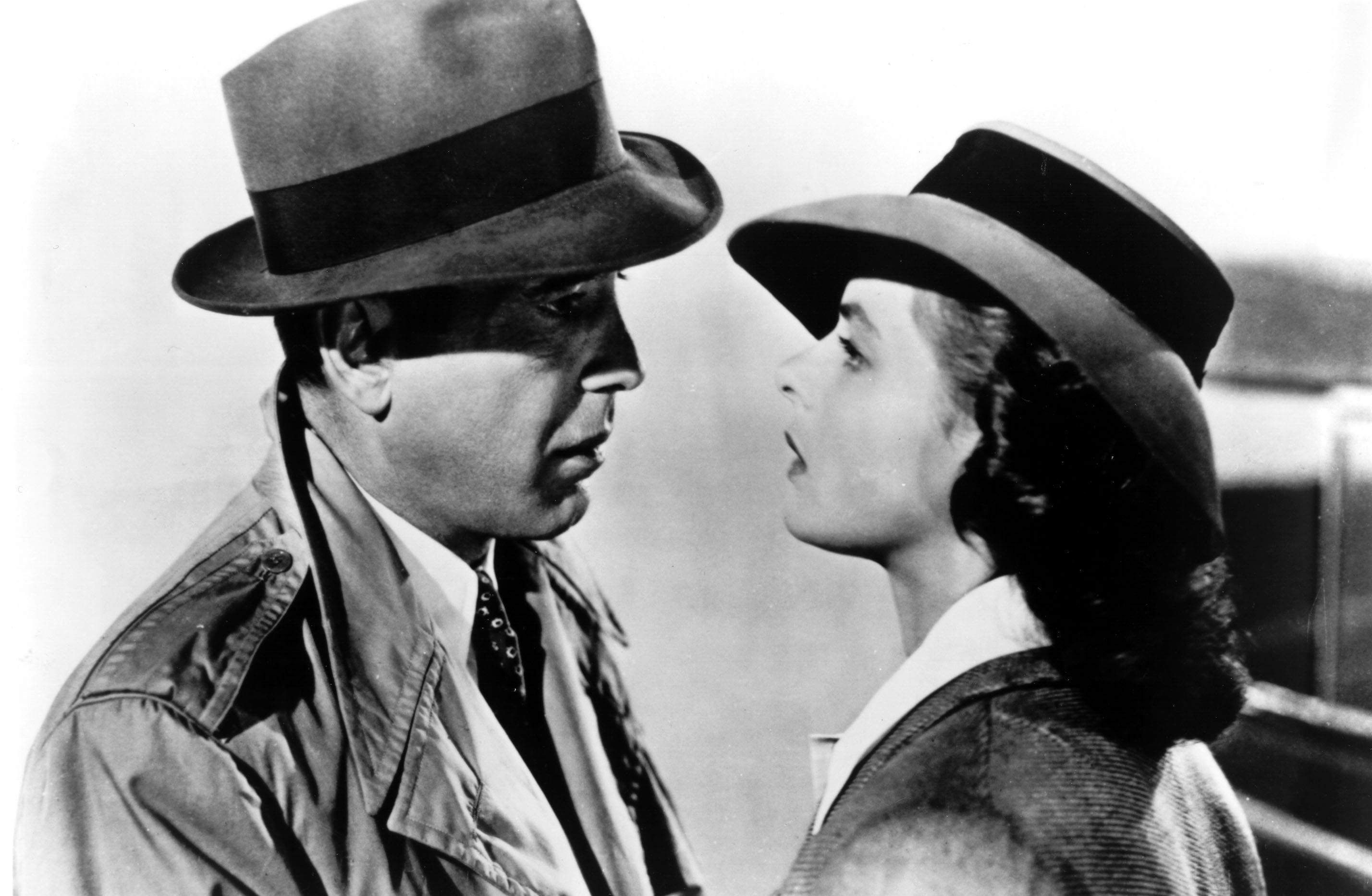Dreaming in Black and White: Why these old films still matter
From a personal standpoint, one of the most frustrating things I hear, in regards to preferences in a film, is that some people dislike films simply because it is in black and white. Because old films aren’t worth their time. Because black and white is old-fashioned, and therefore too outdated for us to watch when you could watch a photo-realistic CGI move and are able to view everything in picture-perfect HD. This stance that such films aren’t important or worth revisiting has always been frustrating to me, long before I became a film student, mostly because my parents raised me on black and white cinema.
I learned that the loss of colour didn’t take away from the films’ brilliance
There are an array of black and white films that are worthy of anybody’s time. Screwball comedies that have wit, like Bringing up Babies starring Katherine Hepburn. Truly sharp and sinister film noir like Double Indemnity, the original Universal monsters like Frankenstein and The Invisible Man which still hold up excellently compared to the CGI fests of modern filmmaking, where audiences have to overlook the budget to find truly captivating stories and characters. Watching movies like these taught me that the loss of colour didn’t take away from the films’ brilliance. There is still so much to read into: the lighting, the shadows, the performances, and black and white has a unique beauty to it. It removes a lot of the visual issues I had with other older films because I wasn’t focused on muddied colour grading or the overwhelming richness of technicolour, but instead I was able to focus on the movement of facial features and the captivating stories provided.
That isn’t to say that black and white cinema is necessarily better than modern films; that people who say ‘films were better’ in their day are right. Cinema has always produced both great works of art and cynical cash-grabs for the mass media. Yes, there are also problems of representation, with black and white films far more often than not representing the white rather than the black, and the further back you go the more likely you are to encounter questionable politics, both racial and sexual, in cinema. But this is the case for all art, and to shun such works would be to ignore history and the great art that can come from uncomfortable times and sources. There is no better or worse time in cinema, it’s all about where you’re going to find your great films. Cinema of the past definitely has its limitations, but to outright ignore the wealth of films not in colour means that one is only limiting the amount of great content they are willing to expose themselves to. There is nothing intelligent or ethically intellectual about it.
black and white still plays an important role in our understanding of film
It’s of course always worth mentioning how some of the best films ever made are in black and white; Citizen Kane, Casablanca, The Great Dictator, and The Seventh Seal among many. While some may see the shift to colour as keeping up with the times, they neglect how attractive black and white was, and still is, even with the abundance of colour available. Hitchcock’s Psycho works so much better in black and white – as evidenced by how the shot for shot colour remake fails so much in comparison to capture the brooding darkness in the centre of the story. The Artist not only captured the crucial shift from silent cinema to talkies but also looked all the more beautiful and fitting given it was made in black and white. Even the old limitations of black and white cinema such as grainy frames and incoherent dialogue can be rectified with high definition transfers so, really, there is no excuse. If you want to limit yourself in terms of how many great films you want to see in your life then continue to abstain from black and white as a principle. But if you wish to immerse yourself further, then black and white still play an important role in our understanding of film with some of the best filmmakers, films and shots all coming from a time where colour was either not existent or a purely aesthetic choice. A choice which could reap benefits by ignoring the wider palette and focusing on the lines between the shadows and the light.

Comments